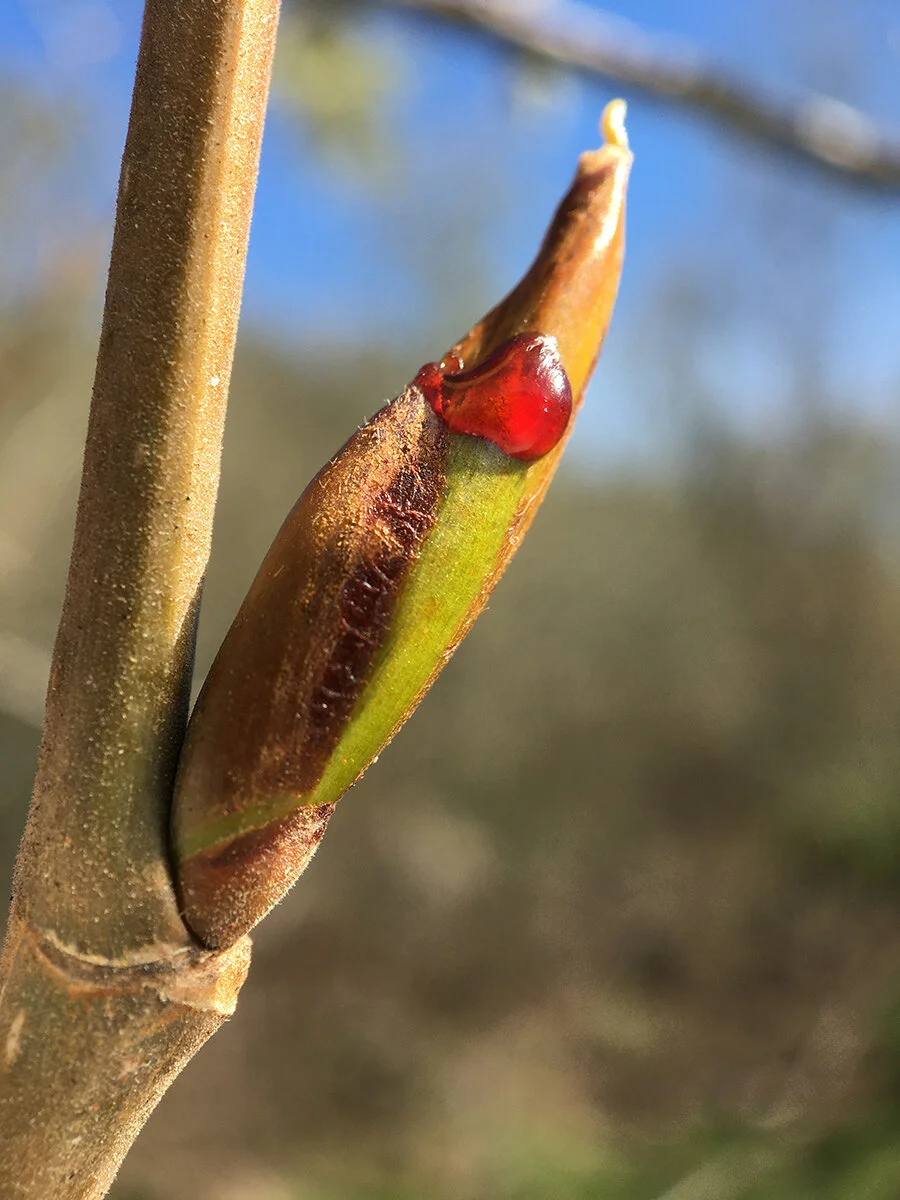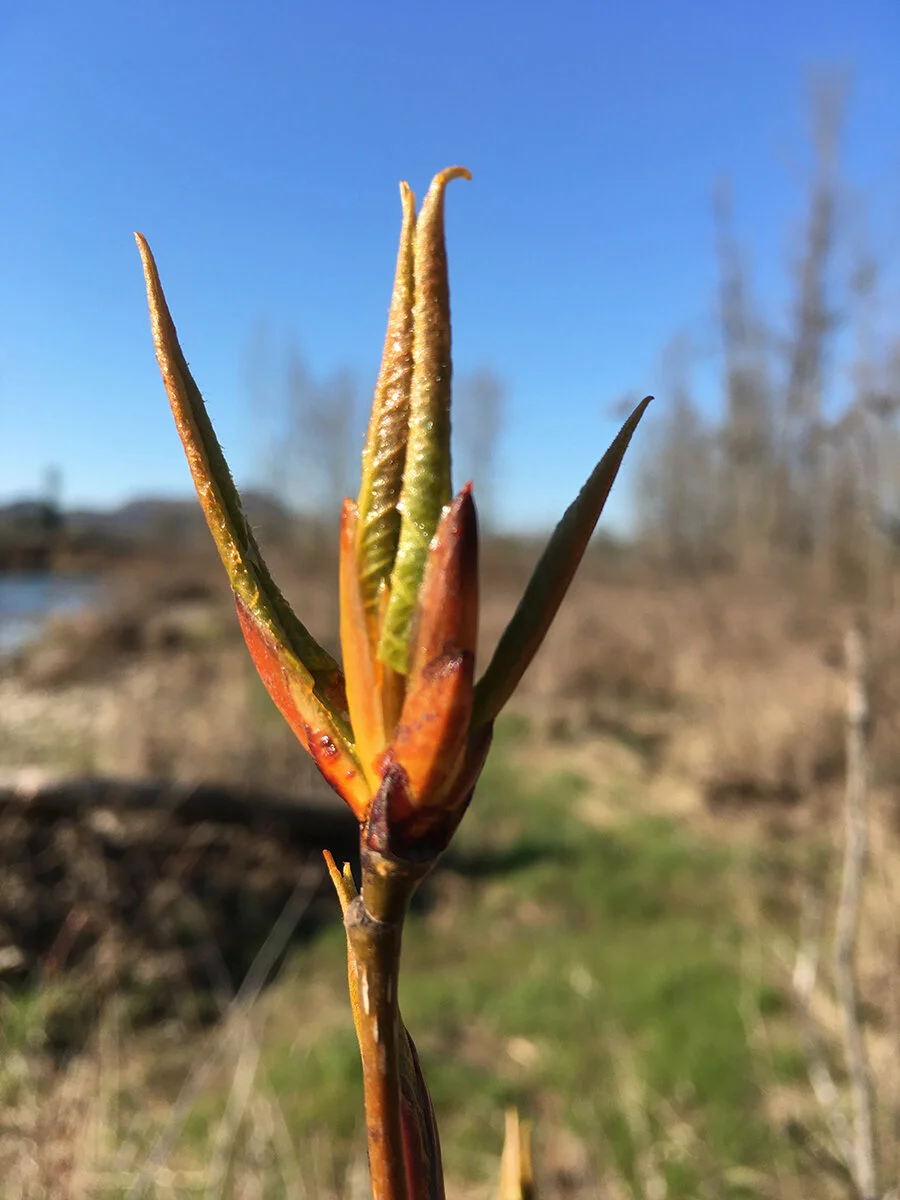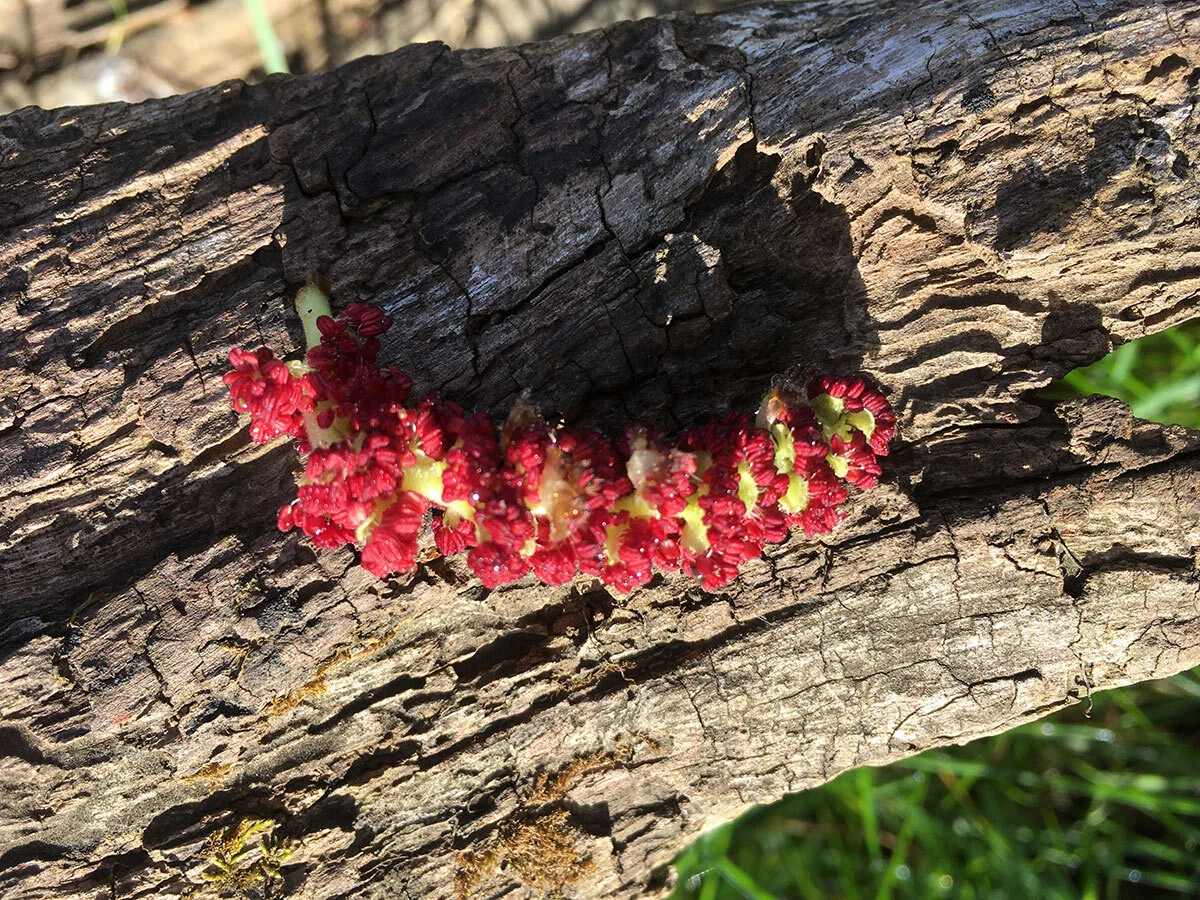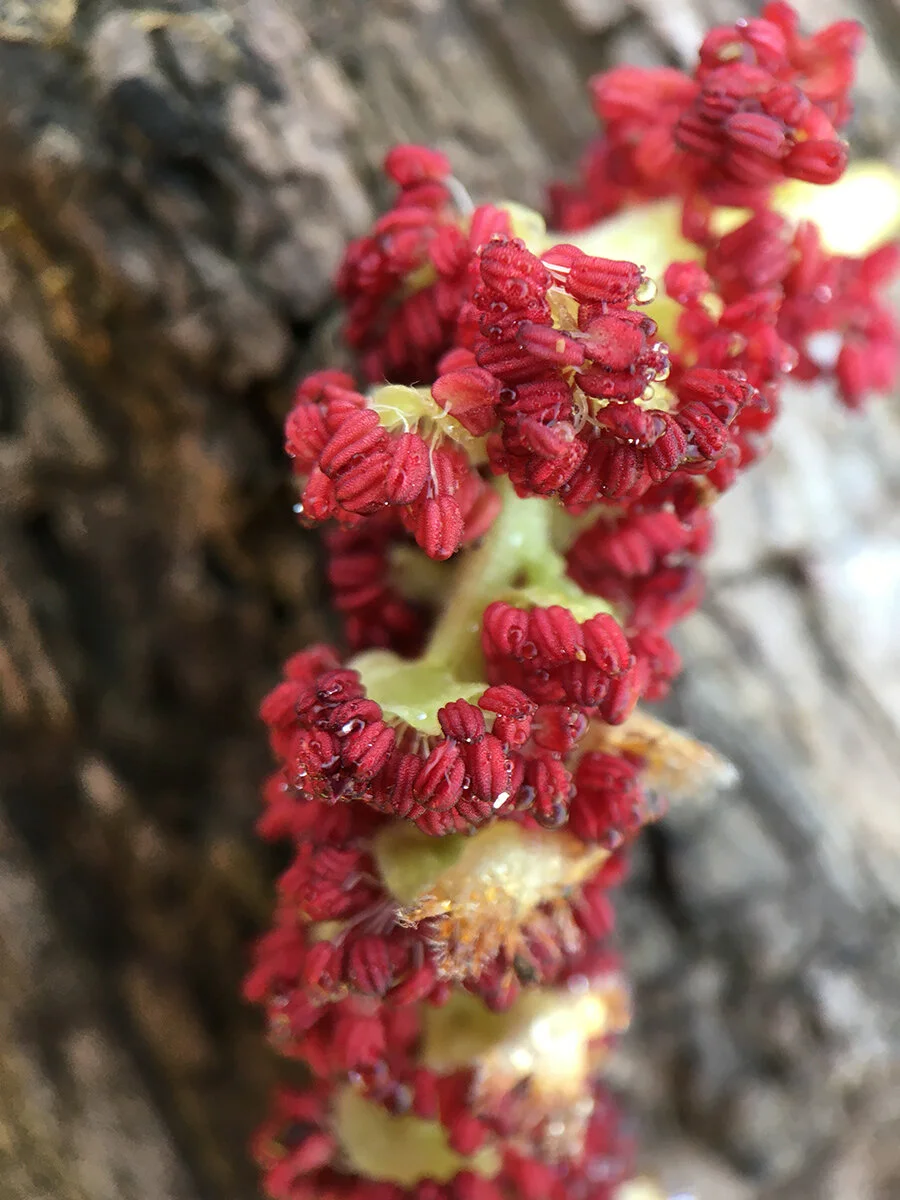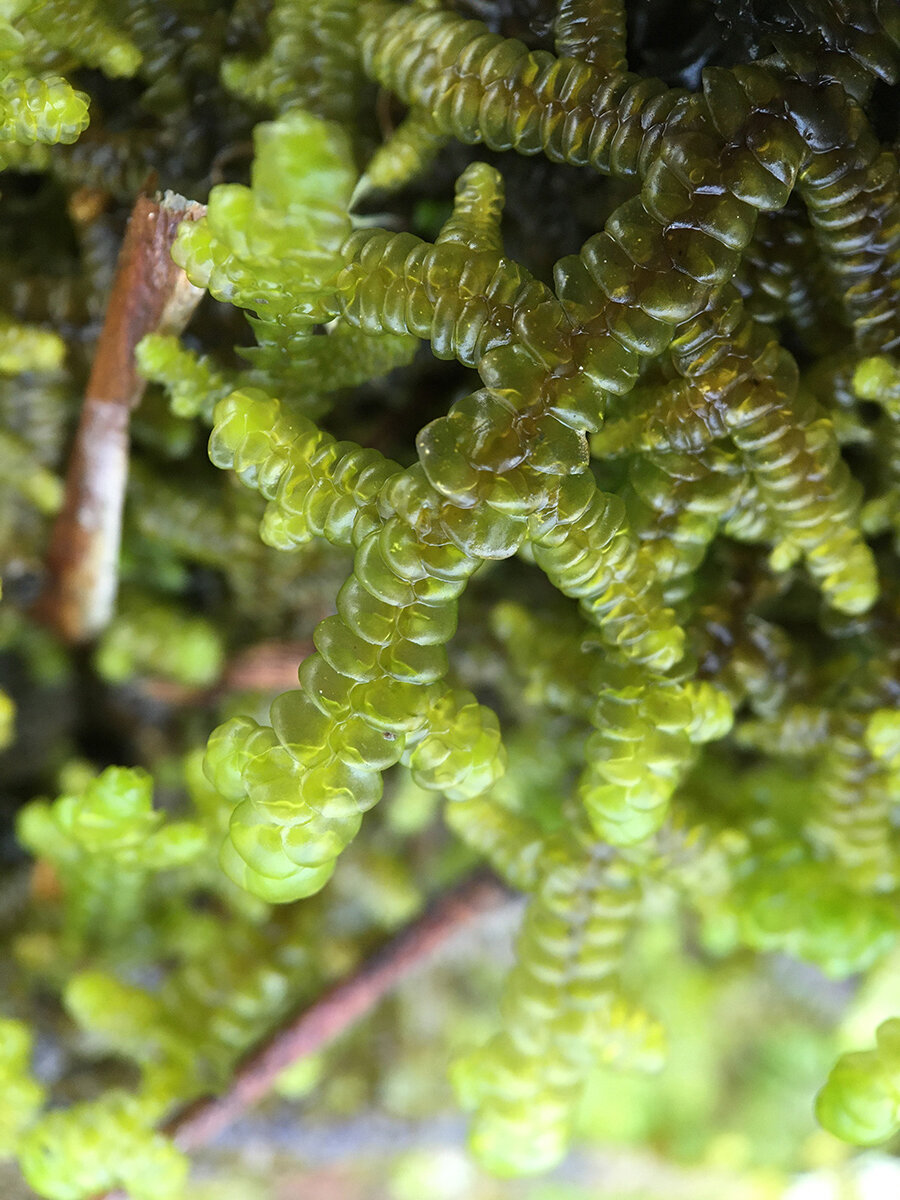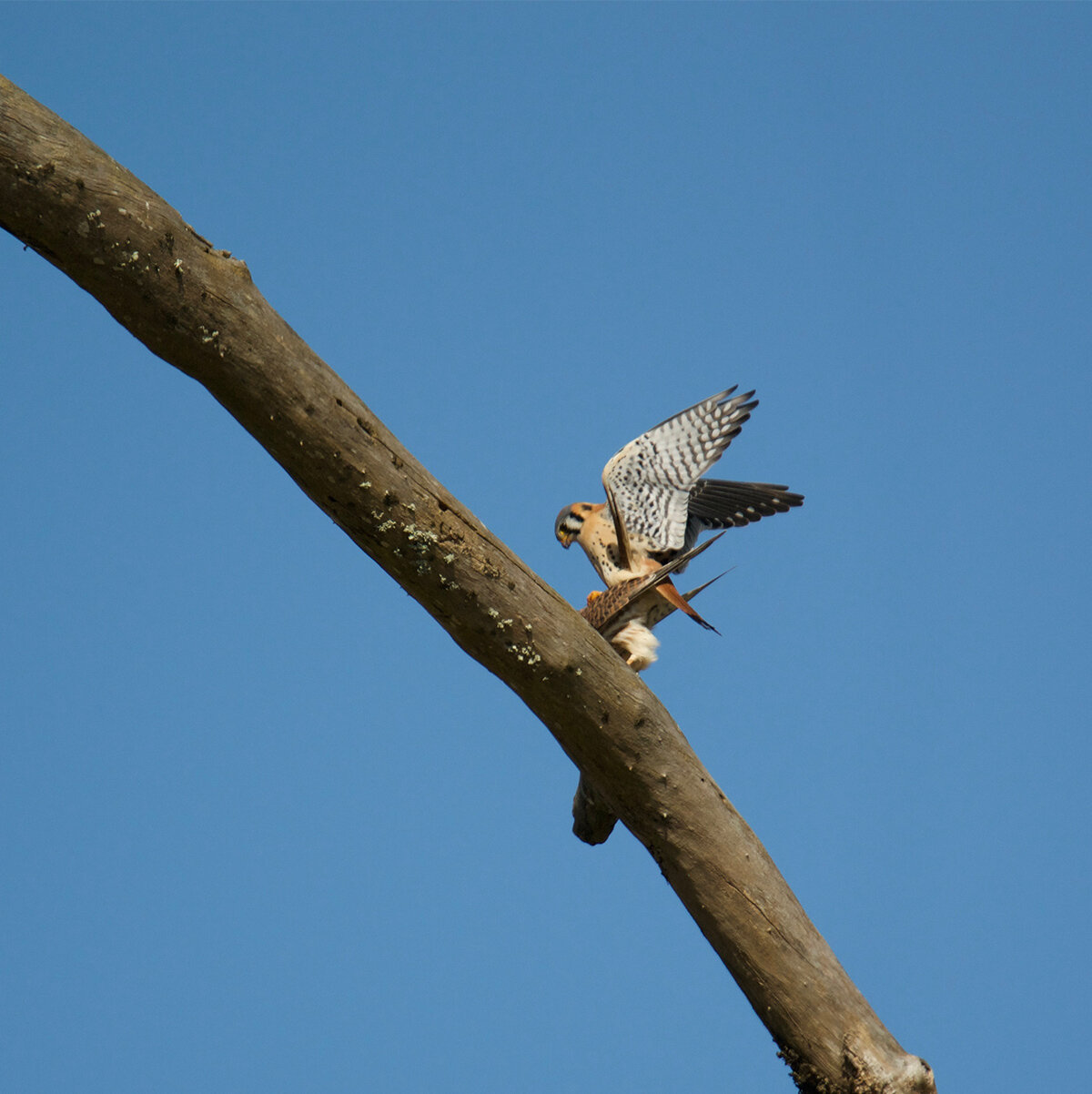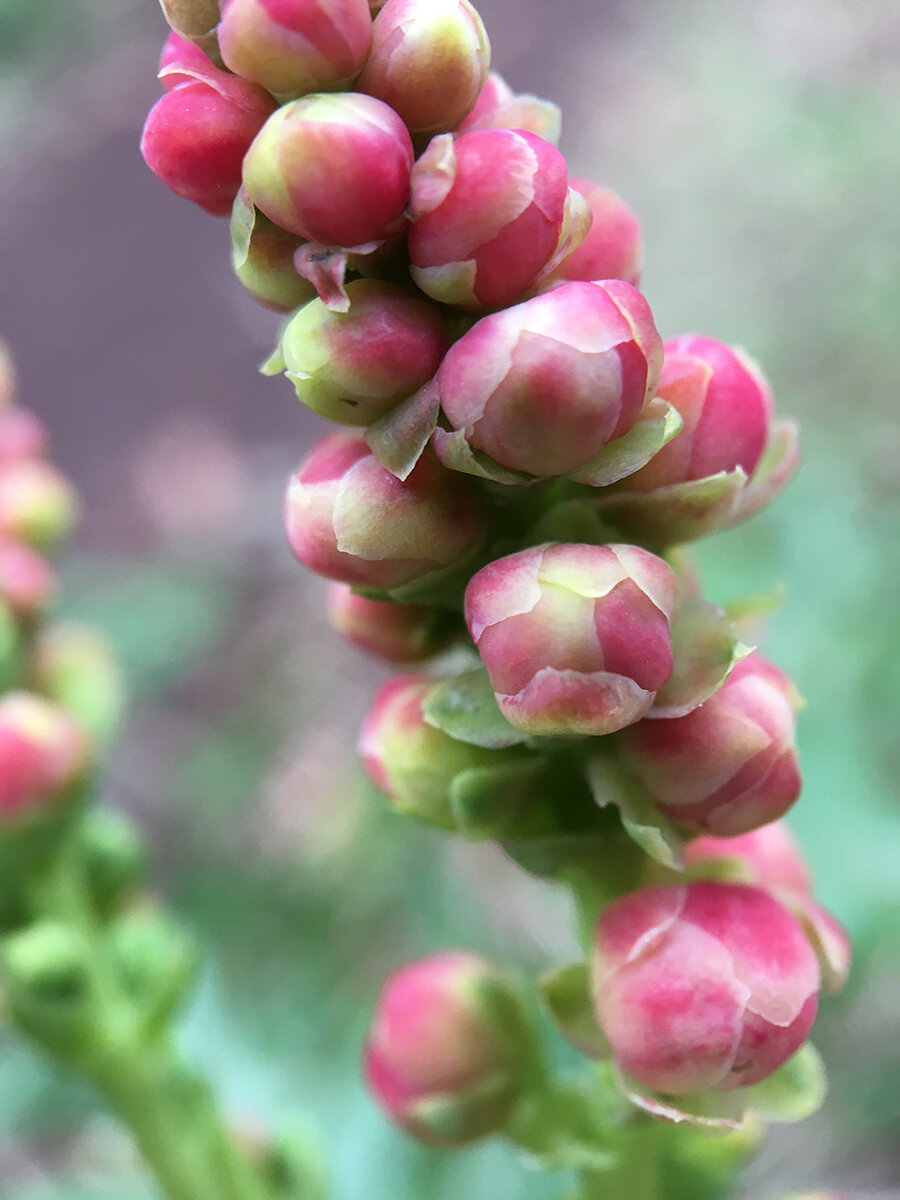There are nest boxes dotted around the arboretum, and I volunteered to clean them out this year. When I got to this box, I knew it was stuffed full of sticks, because I watched a house wren build a nest in there last summer. I did a drawing as I observed him industriously find sticks and carry them back to the box. Even so, I was amazed at how many sticks were in the box when I opened the front. They were woven so tightly together that it took some effort to pull the nest out. I was curious as to how many sticks were in there, so I put the nest in a bucket and carried it home to count them. There were well over 500, but I want to be conservative in case some were broken in the process of removing the nest. That number is not counting the little nest on top that was made of smaller sticks, grass, pine needles, rootlets, leaves and whatnot.
I just have to wonder, what is the purpose of all these sticks? There is only a small opening into the nest which you can see at the top. The Cornell Lab’s All About Birds had this to say about their nests: “House Wrens pile twigs into the cavities they choose to nest in, either to make a bed on which to build a soft-lined cup, or sometimes mounded up into a barrier between nest and entrance, seemingly to protect the nest from cold weather, predators, or cowbirds.”
Also, to my surprise, there were wasps wintering over inside this fortress of twigs. There were 12 of them huddled together staying warm and dry. It is my understanding that the only wasps that survive the winter are the mated queens which will start new nests in the spring. I find it fascinating that they somehow find a place to be together. Are the queens clustered together from the same nest or a couple of different nests? There were two other nest boxes full of sticks that were used by house wrens, and they also had wasps inside them.









